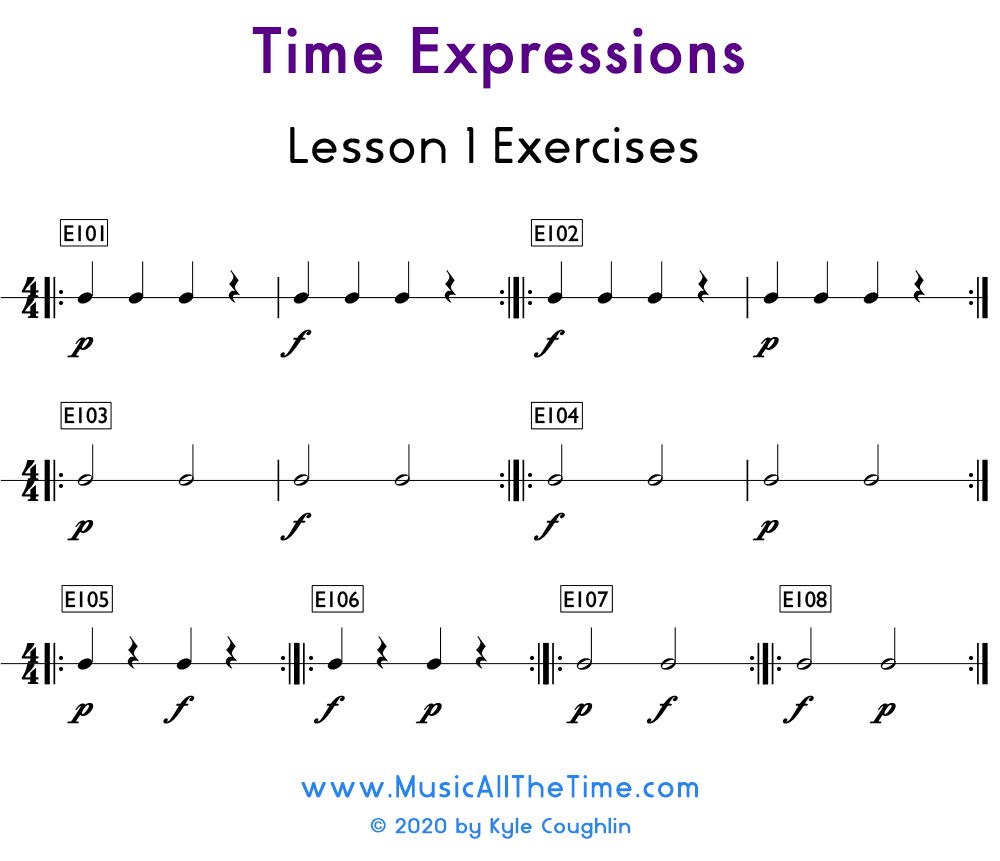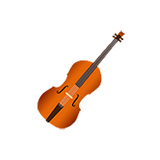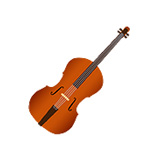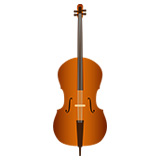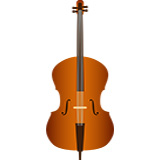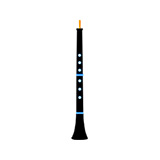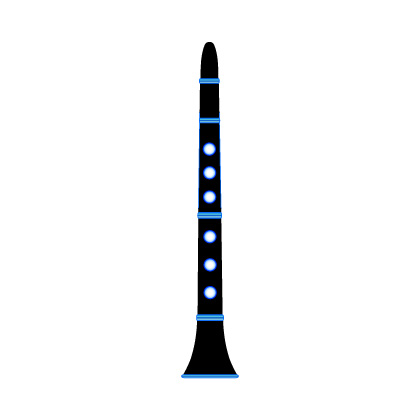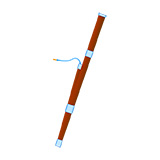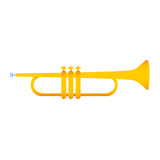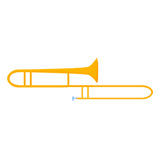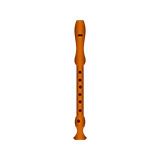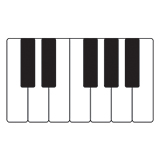
Home - Time Focus Music Method - Time Expressions
Piano and Forte - Big Contrasts
As mentioned in the introduction to Part 1 of Time Expressions, dynamics in music, most of the standard music terminology that we use comes from the Italian language. In fact, almost all of the music terms in Time Expressions are Italian. We will begin with the dynamic markings that indicate when we should play soft or loud. Scroll down for sample practice exercises from lesson 1 of the Time Expressions book.
piano = soft, abbreviated with the letter p
forte = loud, abbreviated with the letter f
The exercises, melodies, and duets in this lesson all feature contrasting dynamics of piano and forte. When you play these examples, make a big contrast between the two dynamics, and always produce a good, full tone.
Begin with the exercises that include a rest between the dynamic changes. Doing so will make it easier to make a big dynamic contrast between piano and forte. Once you are comfortable with those exercises, move on to the exercises that have dynamic changes without any rests between them.
For more exercises, as well as melodies and duets that focus on playing piano and forte, purchase the Time Expressions book. You can also get a free sample PDF of Lesson 1 of the book.
Part 1 - Dynamics
Lesson 1 - Big Contrasts - Piano and Forte
Lesson 2 - Moderate Contrasts - Mezzo Piano and Mezzo Forte
Lesson 3 - Extended Range - Pianissimo and Fortissimo
Lesson 4 - Gradual Changes - Crescendo and Decrescendo
